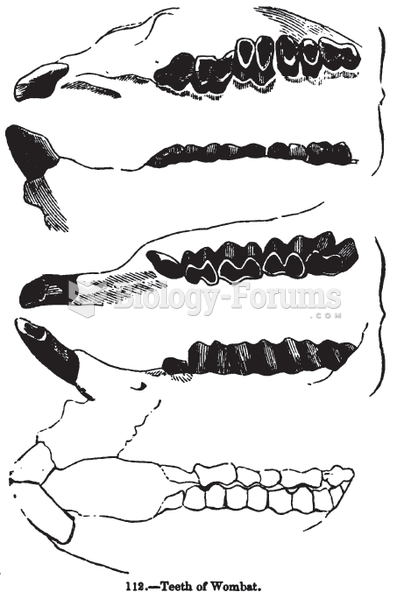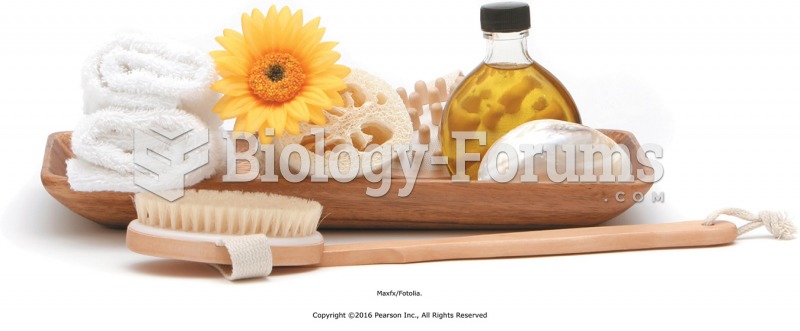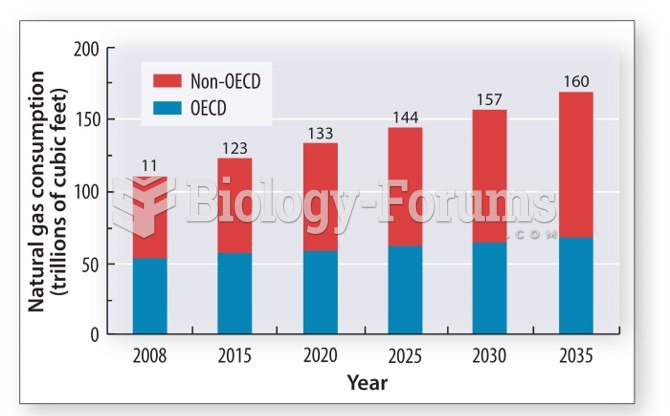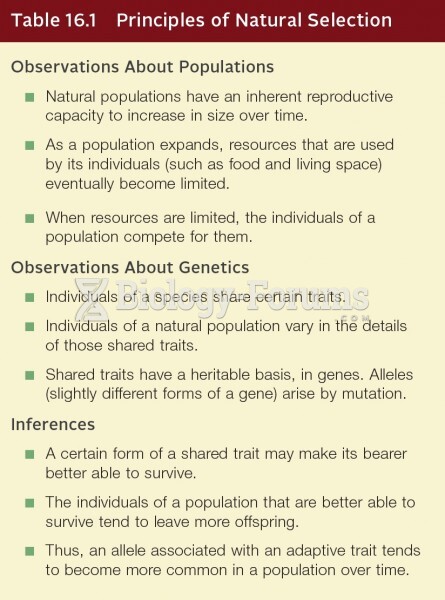Answer to Question 1
The statement is true. If economies of scale are exhausted at an output level of 500,000 units, having only one firm producer in the market is efficient as long as total demand is 500,000 units. If total demand was 5 million units, the market would be better served by ten firms rather than one.
Answer to Question 2
Among the actions taken by the Fed and Treasury were: (1 ) In March 2008, the Fed announced the Primary Dealer Credit Facility, under which primary dealers firms that participate in open market operations with the Fed are eligible for discount loans. (2 ) Also in March, the Fed announced the Term Securities Lending Facility under which the Fed will loan up to 200 billion of Treasury securities in exchange for mortgage-backed securities. (3 ) The Fed and the Treasury took direct action to keep large financial institutions from bankruptcy. In March 2008, they helped JP Morgan Chase acquire the investment bank Bear Stearns. The Fed agreed that if JP Morgan Chase acquired Bear Stearns, the Fed would guarantee any losses JP Morgan Chase suffered on Bear Stearns holdings of mortgage-backed securities, up to 29 billion. (4 ) In September the Treasury moved to have the federal government take control of Fannie Mae and Freddie Mac. Fannie Mae and Freddie Mac were each provided with up to 100 billion in exchange for 80 percent ownership of the firms. (5 ) In September, the Fed agreed to provide an 85 billion loan to the American International Group (AIG) insurance company in exchange for an 80 percent ownership stake, effectively giving the federal government control of the company. (6 ) In September, the Treasury announced a plan to provide insurance for deposits in money market mutual funds, similar to the existing insurance on bank deposits. (7 ) Also in September, the Fed announced that it would lend directly to corporations through the Commercial Paper Funding Facility by purchasing three-month commercial paper issued by non-financial corporations. (8 ) In October, Congress passed the Troubled Asset Relief Program (TARP), under which the Treasury attempted to stabilize the commercial banking system by providing funds to banks in exchange for stock.
Answer to Question 3
A production possibilities curve shows the relationship between the maximum production of one good for given a level of production of another good. The slope of the production possibilities curve shows how much of one good needs to be given up to produce an extra unit of the other good or, in other words, the opportunity cost of producing an extra unit of one good in terms of the other good. A linear PPC would show constant opportunity costs while a PPC that is curved away from the origin would show increasing opportunity costs.







